Belong Health leans into complex populations with healthcare analytics
Mac Davis takes on risk where other healthcare organizations fear to tread. The Vice President of Analytics and Growth at Belong Health leads a team that serves some of healthcare’s most disenfranchised populations, those that are often least capable of managing their own healthcare and in a difficult position to navigate the system.
“The thing that gets me up every morning is the opportunity to make an impact in a population that's largely not been studied to the same degree as most others in healthcare. Rather than just studying them, we have the opportunity to make an impact in these people's lives,” he said.
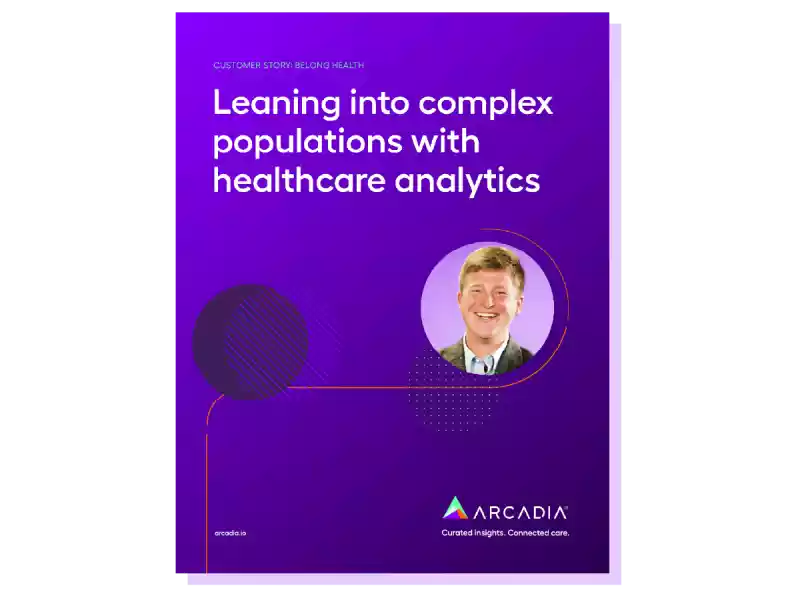
Download the Customer Story
Belong partners with insurance companies to launch health plan products focused on these intensive populations. It is building a platform that services complex populations across the Medicare- and Medicaid-eligible spectrum, building for the most intensive populations first.
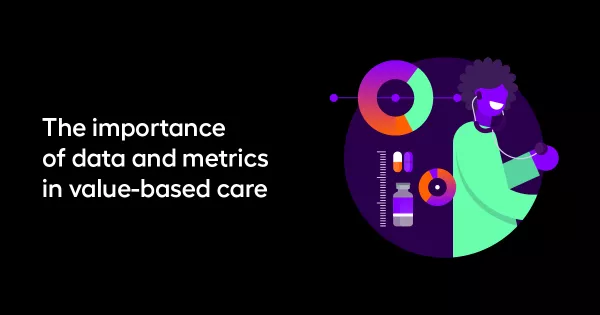
The importance of data and metrics in value-based care
Dual eligible and complex members account for a disproportionately large amount of the country’s healthcare spend. Data is at the core of organizations comfort with taking on a huge amount of the risk in these complex populations.
Davis says that Dual Eligible Special Needs Plans (D-SNPs) members, for example, sometimes have premium revenue that’s two to three times that of a general Medicare Advantage (MA) member, but at lower volumes.
“If you can't scale the product, you can end up with large swings in medical costs that make underwriting these populations very difficult. Many organizations have tried and failed to be successful with these populations, largely because they take the same approach to the population as they do their general MA or what is generally a healthier population,” he explained. “It requires you to change your DNA.”
Belong uses data to inform its focus areas and how it engages with the population, but complex populations do present unique data challenges such as its short life cycle. Often, data is only useful for a very short period of time, and then it changes or becomes less useful to take an action that would improve that member’s life or their future healthcare journey. For example, housing security and food security can change weekly.
“For our members who are naturally complex, there are a lot of interacting conditions, diseases where a flare-up in one can cause a very dramatic change very quickly in a lot of others,” Davis said. “You can have huge swings in an individual's health status, where a data point from a week ago is no longer a valid assessment of that member’s current position.”
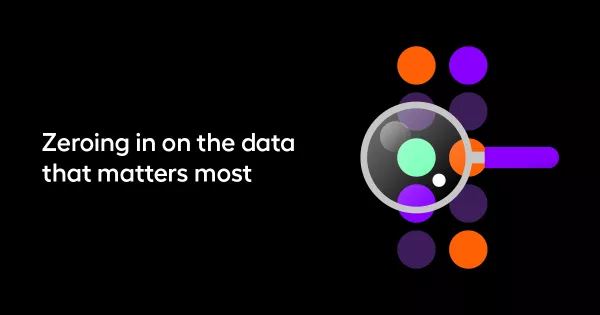
Zeroing in on the data that matters most
To identify what's most meaningful in a sea of data and make it actionable, Belong focuses on providing the best support for its care team. That support means ensuring that they have insights that are effective at risk stratifying populations and doing identification.
“We set up the care team to not be event-based. There's a huge amount of event-based care management in complex populations, because people are concerned about meeting regulatory requirements. We need to do those things too, but it's more important to have deep, close connections to our members, that we're able to support them as their status changes, and from a data standpoint, to try to predict what that status change will look like and understand that no amount of data collection will totally fill that gap.”
Ultimately, organizations that cut through the noise well have high insight-to-action ratios. Davis says that the ultimate success of his team, and Belong as an organization, is to produce things that help inform more intelligent decision-making and change their actions.
“It’s not just because having information makes us comfortable; we're surfacing insights that change our direction, whether that’s how we're managing an individual patient or, strategically, how we're engaging an entire population or market,” he added.

Data helps Belong navigate the complex world of contracts
Value-based care isn't possible without good data and effective measurement, but there is a lot of variety in the metrics that can be measured, which can cause organizations to veer off course.
“A lot of people are doing ‘contract gymnastics,’ where every contract and every line of business might be a little bit different. It's about how you figure out how to perform in a variety of these contracts for different populations, but still drive at those core things that are really going to make a difference,” Davis said.
He says his team tries to simplify that worldview, to make sure that it’s focused on the priorities
that are going to improve members' lives, not necessarily drive the highest financial performance.
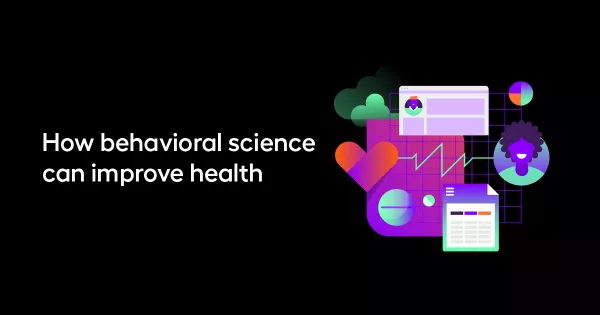
How behavioral science can improve health
Behavioral science is a combination of psychology, technology, and workflow design. Belong uses it to shape every interaction it has with a member or its provider network.
“We embed it in everything from our member interactions to how we're looking to drive our relationships with provider networks and individual physicians,” Davis said. “It's led to a lot of great outcomes for us—last month, we had 100% of our population involved in the creation of their care plan. For a population that most organizations can't even get on the phone, that's absolutely enormous.”
Davis says that behavioral science is the idea that there are structural biases, like not having access to a phone that prevents a follow up appointment, or cognitive bias about our decision-making and healthy habits. Belong strives to use technology, workflows, and psychology to get people to think about the best decision for them, maybe one that's different from where they’d naturally go, and make it easier for people to make that choice.
“It comes down to, 'How do we capture the right data, and the right emotive sets for members?' Not just, 'what are the conditions that they have,' to help make sure that I can arm the care teams or the social workers to go out and make that impact and that they've got the information to do it at scale,” he added.
One example is the way Belong executes welcome calls and callbacks. First, it has to understand why a member can't pick up the phone. Is there a structural barrier? Is it an emotive barrier? Then it can decide how to break down the barrier at the very early stages of interaction with a new member.
“Most of these people start in a very distrustful place. They have been largely failed by the healthcare system. Part of it is, how do we comfortably shock people into understanding that this is going to be a different experience and really start building that trust? A lot of our call scripts and the way that we're learning from every interaction with a member allows us to adjust our next approach,” Davis explained.
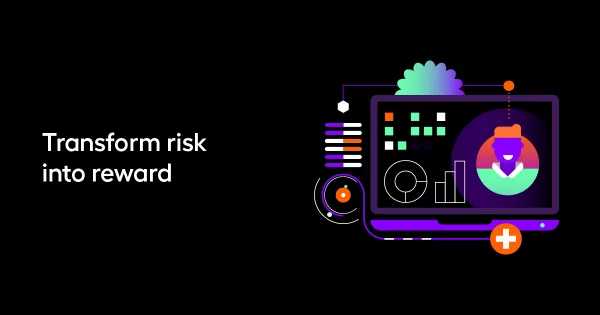
Transform risk into reward
Without the robust data strategies it has put in place, Belong Health wouldn’t be able to serve complex populations in ways that improve their health outcomes. Watch more Customer Stories or request a demo to see how we can put your data to work, together.

